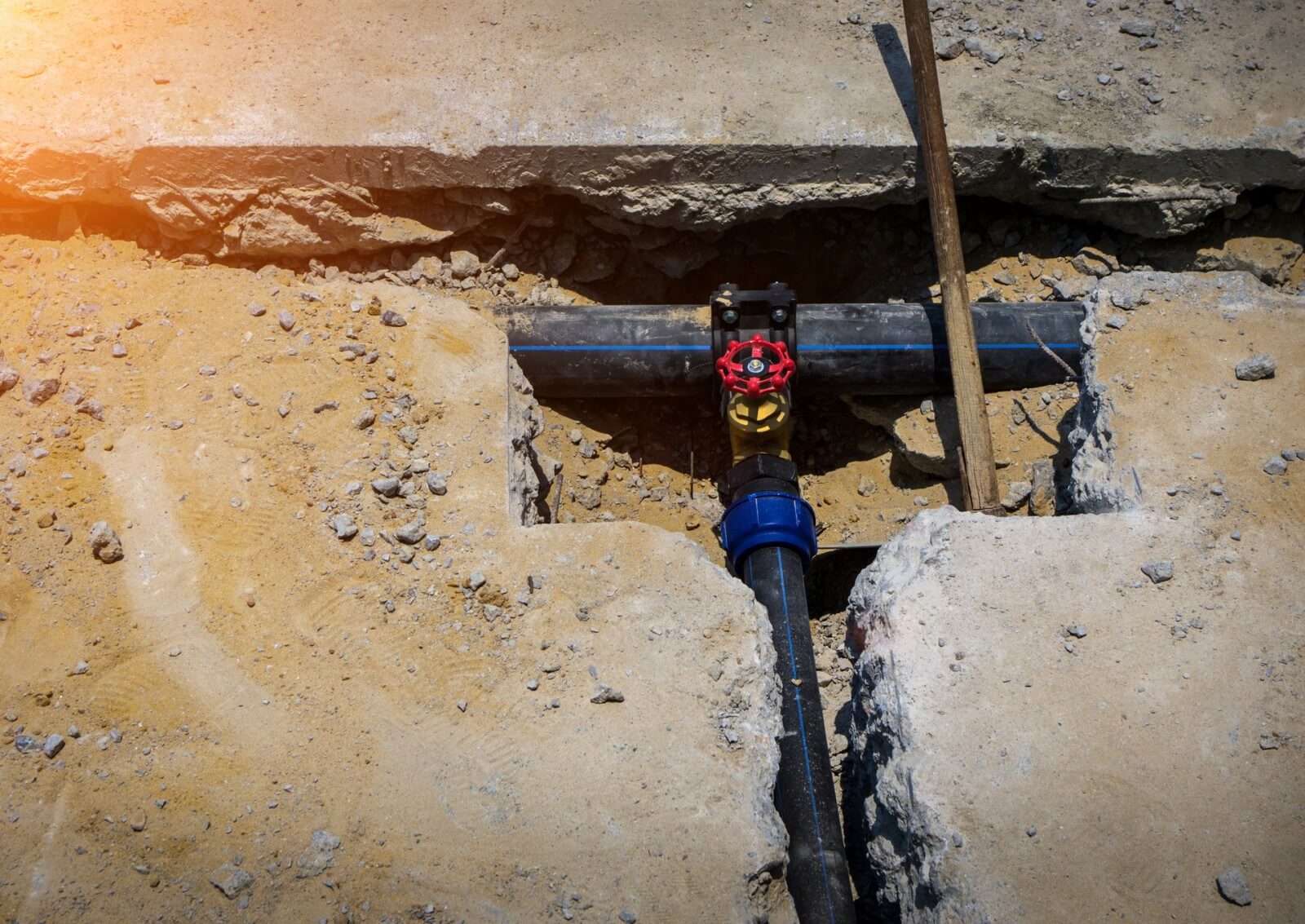Contents
Key Takeaways
- A sudden spike in your water bill may signal a slab leak beneath your home’s foundation.
- Slab leaks, caused by factors like pipe corrosion and shifting soil, are usually hidden. If ignored, they can lead to costly structural damage.
- Common warning signs include warm floors, unusual sounds, and the presence of mold or mildew.
- Prompt action and professional help are crucial to effectively mitigate risks and repair damage.
- Routine plumbing inspections can help prevent slab leaks and keep your water bill under control.
Table of Contents
- Understanding Slab Leaks
- Common Causes of Slab Leaks
- Warning Signs of a Slab Leak
- Potential Consequences of Ignoring a Slab Leak
- Steps to Take If You Suspect a Slab Leak
- Preventive Measures
Have you received an unusually high water bill, only to find your water usage habits haven’t changed? This could be more than a simple accounting mistake—often, it’s a warning sign of a serious plumbing issue such as a slab leak. These leaks are often hidden beneath your home’s foundation, making them difficult to spot until major damage has occurred. If you’re unsure where to turn, a slab leak service Utah provider can offer professional assessment and expert repairs.
Quick action is critical when dealing with potential slab leaks, as waiting too long could turn a minor concern into an expensive repair. Aside from noticeable billing changes, slab leaks are often hard to identify, which is why understanding their signs and causes can save you stress and money and preserve your property value over time.
Understanding Slab Leaks
A slab leak is a water leak that develops in the pipes running beneath your home’s concrete foundation (slab). Unlike leaky faucets or burst pipes inside your walls, slab leaks often go unnoticed until symptoms become severe. These leaks threaten your plumbing and your home’s structural integrity, potentially leading to weakened foundations, wall cracks, and hazardous mold growth. In many cases, only professional leak-detection equipment can pinpoint the exact location and extent of the leak, making awareness and vigilance all the more crucial.
Common Causes of Slab Leaks
- Pipe Corrosion: Over time, pipes can corrode due to chemical reactions in the soil or water, eroding material, and causing leaks.
- Shifting Soil: Soil under your foundation expands during wet seasons and contracts in droughts, putting consistent stress on buried pipes, which can eventually crack or rupture.
- Poor Installation: If plumbing was inadequately installed or pipes were damaged during construction, the vulnerability can lead to premature failure and leaks under the slab.
- High Water Pressure: Excessive water pressure constantly strains pipes, increasing the risk of cracks or bursts, especially in older plumbing systems.
Why Slab Leaks Are So Serious
Slab leaks are uniquely destructive because they’re undetectable by sight in their early stages. The continuous flow of water can undermine your home’s foundation, leading to uneven flooring, major cracks, and even compromised safety. According to experts at Forbes Home, timely repair is critical to avoid larger structural problems and skyrocketing water costs.
Warning Signs of a Slab Leak
Don’t ignore these red flags that could indicate a slab leak:
- Sudden High Water Bills: An unexplained increase in water charges is often the first sign of a hidden leak.
- Unusual Sounds: The sound of running water when taps and appliances are off may suggest a leak beneath the slab.
- Warm Spots on Floors: A persistent sensation of warmth underfoot—especially on tile or hardwood—can be a clue that hot water pipes are leaking.
- Cracks in Walls or Flooring: The shifting foundation caused by water erosion can split walls and crack floors.
- Mold or Mildew: Excess moisture pooling around the site of a leak promotes unhealthy mold growth, often accompanied by a musty odor.
Potential Consequences of Ignoring a Slab Leak
- Structural Damage: Persistent leaks undermine the soil that supports your home, eventually weakening and cracking the foundation and causing uneven settling.
- Health Risks: Mold thrives in moist environments and can quickly colonize, posing respiratory dangers and allergy risks for household occupants.
- Escalating Costs: What starts as a small, manageable leak can snowball into significant damage requiring foundational repairs and complex plumbing work. Insurance may not always cover such late-discovered or neglected issues.
Steps to Take If You Suspect a Slab Leak
- Monitor Your Water Meter: Observe your water meter with all water fixtures turned off. If it continues to move, a leak is likely in your plumbing system.
- Inspect for Signs: Check for visible signs like damp or warm patches on the floor, new cracks, or musty smells around your home’s baseboards and flooring.
- Contact a Licensed Plumber: If you see any warning signs, contact a professional—ideally one specializing in slab leak detection and repair, such as a slab leak service. Early detection and specialized repair techniques can minimize further damage and expense.
Preventive Measures
- Schedule Regular Plumbing Inspections: Hiring professionals to conduct periodic checks can catch early warning signs before major damage ensues.
- Maintain Proper Water Pressure: Installing a pressure regulator ensures that your home’s plumbing isn’t subjected to damaging high pressure.
- Invest in Quality Materials: Select durable, corrosion-resistant pipes and trusted brands whenever you upgrade your plumbing.
Being vigilant and proactive helps you avoid unexpected spikes in your water bill, prevents costly demolition or repairs, and protects your family’s safety. The sooner you act on potential slab leak warning signs, the lower your risk of severe property damage or lingering health hazards from mold exposure.
